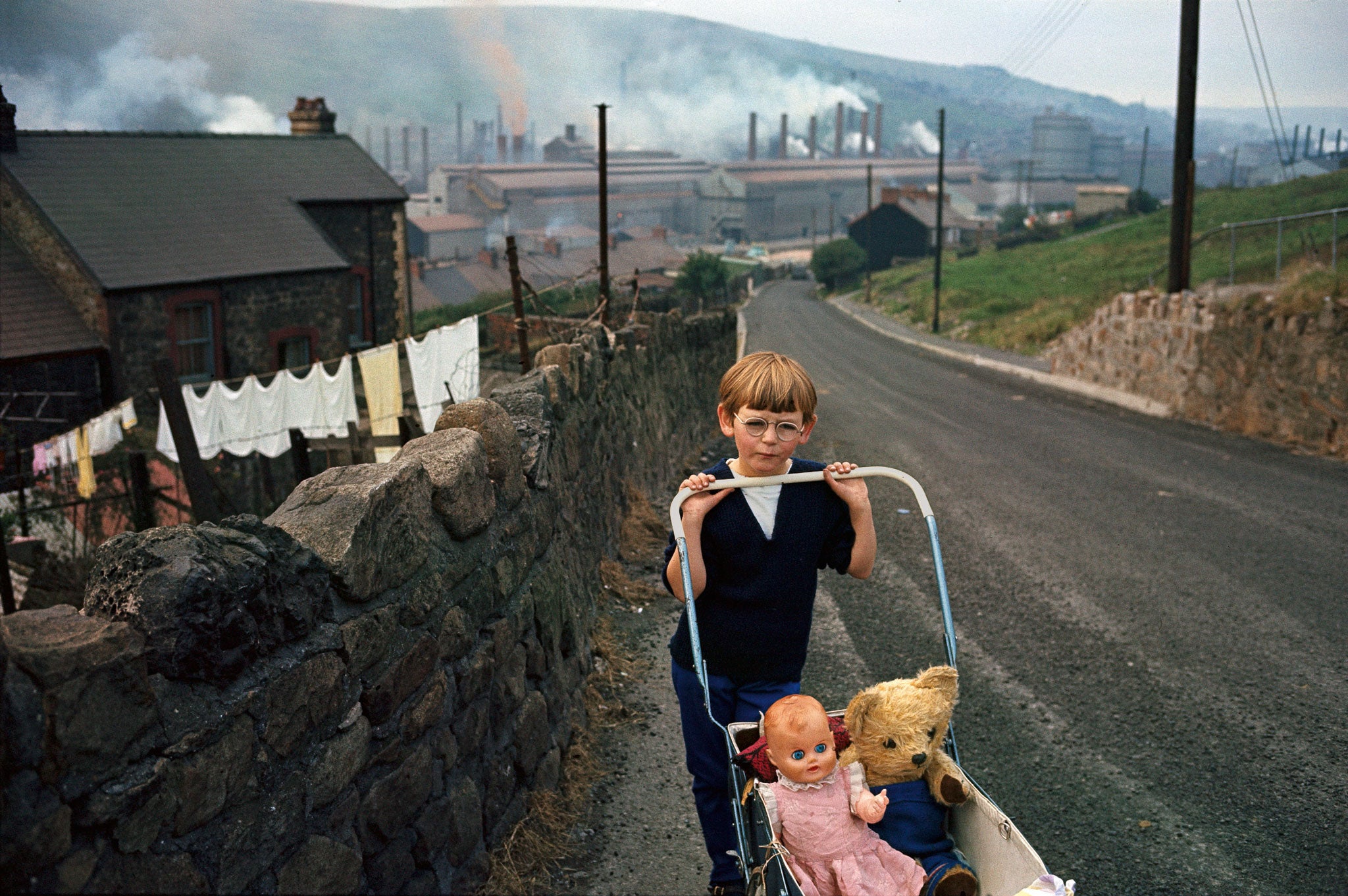Bruce Davidson's images of 'devastatingly awful' Cwmcarn show the domestic side of life in Wales
The revered photographer had wanted to visit Wales ever since he came across his hero Robert Frank's series about Welsh miners taken the previous decade

Your support helps us to tell the story
From reproductive rights to climate change to Big Tech, The Independent is on the ground when the story is developing. Whether it's investigating the financials of Elon Musk's pro-Trump PAC or producing our latest documentary, 'The A Word', which shines a light on the American women fighting for reproductive rights, we know how important it is to parse out the facts from the messaging.
At such a critical moment in US history, we need reporters on the ground. Your donation allows us to keep sending journalists to speak to both sides of the story.
The Independent is trusted by Americans across the entire political spectrum. And unlike many other quality news outlets, we choose not to lock Americans out of our reporting and analysis with paywalls. We believe quality journalism should be available to everyone, paid for by those who can afford it.
Your support makes all the difference.When Bruce Davidson was stationed with the United States military in Paris during the 1960s, he asked his Welsh sergeant where he would send his worst enemy. "Cwmcarn, Wales," was the reply.
The revered photographer, who later joined the esteemed global agency Magnum and became famous for his pictures of New York and the civil-rights movement, had wanted to visit Wales ever since he came across his hero Robert Frank's series about Welsh miners taken the previous decade.
In 1965, he was asked to photograph Caernarfon Castle for a magazine and so finally had an excuse to travel to the coalfield town (even if it was on the other side of the country) and capture its inhabitants. "I thought it was so beautiful," Davidson recalls. "But also devastatingly awful."
Although he took plenty of pictures of the miners at work, he also went in search of the domestic side of life. He stumbled upon the child pictured above while he was wandering around. "A lot of people think it's a boy but it's actually a girl. I don't think you'd find many boys in a mining town pushing a baby carriage like that. They wouldn't stand a chance."
Davidson had brought both a black-and-white and colour camera with him, but chose colour for this particular shot because he wanted to capture the sulphuric acid that was emerging from the factory in the background.
Now 81, Davidson continues to work, although he doesn't like to leave New York too often. And despite its less-than-glowing reputation, he recalls his time in Cwmcarn fondly. "I found my Wales. Robert Frank had his, and I had mine."
'Bruce Davidson: In Color' is published by Steidl, priced £68
Join our commenting forum
Join thought-provoking conversations, follow other Independent readers and see their replies
Comments